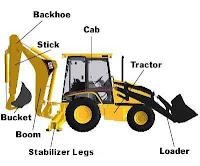I read about an incident where a person entered a reactor which was under inert gas. He was wearing supplied air breathing apparatus. The catalyst was pyrophoric in nature. Unfortunately, the breathing air hose leaked when he was inside the reactor and his neck got burnt due to the pyrophoric catalyst dust that had accumulated on his suit.
Whenever you do an entry into a nitrogen filled atmosphere, be very careful and your JSA should take into account all possible eventualities.
Contribute to the surviving victims of Bhopal by buying my book "Practical Process Safety Management"
Whenever you do an entry into a nitrogen filled atmosphere, be very careful and your JSA should take into account all possible eventualities.
Contribute to the surviving victims of Bhopal by buying my book "Practical Process Safety Management"

